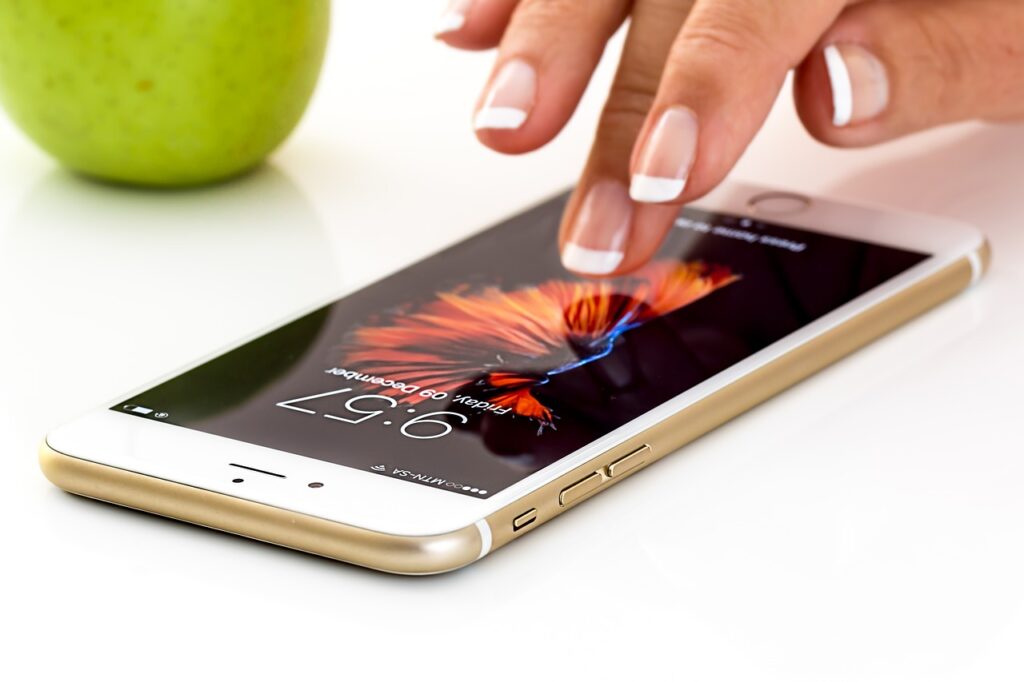(Ab)Using Technology in Intimate Partner Violence

By: Joan LeMole, Development Director
Technology is a double-edged sword when abuse is involved. For survivors of domestic abuse, it can be an effective tool for safety planning and finding support groups. However, misuse of technology is increasingly common in intimate partner abuse and has been on the rise since the pandemic.
Easy access and increased simplicity make exploiting victims through technology quite common. The growth in technology misuse comes with an increase in the types of electronic devices. Phones, tablets, computers and social networking websites can be used to contact a victim in order to isolate, instill fear in, punish, and humiliate victims. Abusers may threaten to release compromising photos (image-based sexual abuse or revenge porn) or set up a fake social media account and use it to present the victim in a negative light. The ability to remotely control devices such as thermostats, televisions, and coffee makers also gives the sense that the perpetrator is everywhere, all the time, and cannot be escaped even in their absence. Doorbell apps can signal the abuser when the victim tries to leave the house. Intimidation may be used to force disclosure of passwords, PIN codes and swipe patterns to gain access to bank accounts.
Spyware makes it possible to know a victim’s whereabouts. Bluetooth devices typically used to find lost items such as keys instead can be easily dropped into bags and cars to track a victim’s location. Cloud-based voice services can be used to access victim conversations including plans to leave the abuser.
Staff at New Hope Midcoast are trained to understand the use and misuse of technology. They can effectively and efficiently assist clients with managing personal devices. Changing GPS settings, limiting Bluetooth, clearing the browser history, installing antispyware, setting up new accounts, using computers at alternate locations such as local libraries, and checking cars and bags for tracking devices, are only some of the ways advocates assist. Advocates can help clients set up a post office box or redirect client mail to New Hope. Advocates may provide clients with Tracfones that are not part of any shared phone plan they might have with the abuser.
Decreasing technology abuse depends on education. If technology developers understood domestic abuse better, they could implement designs that guard against potential negative uses. Clients need to know how to use all functions on their devices, and how to override previous settings and unsubscribe from joint accounts. They need to know which apps are on their phones, how to use them, and how and when to disable them. Clearer definitions for technology abuse are also needed and must keep pace with ever-changing developments in technology.
As with other forms of abuse, victims are often not certain if what they experience constitutes a misuse of power and control. New Hope Midcoast is available round-the-clock at 1.800.522.3304 to help answer these questions and others. We encourage everyone to call and speak with our trained, trauma-informed, client-centered advocates.
